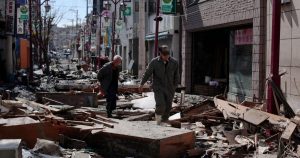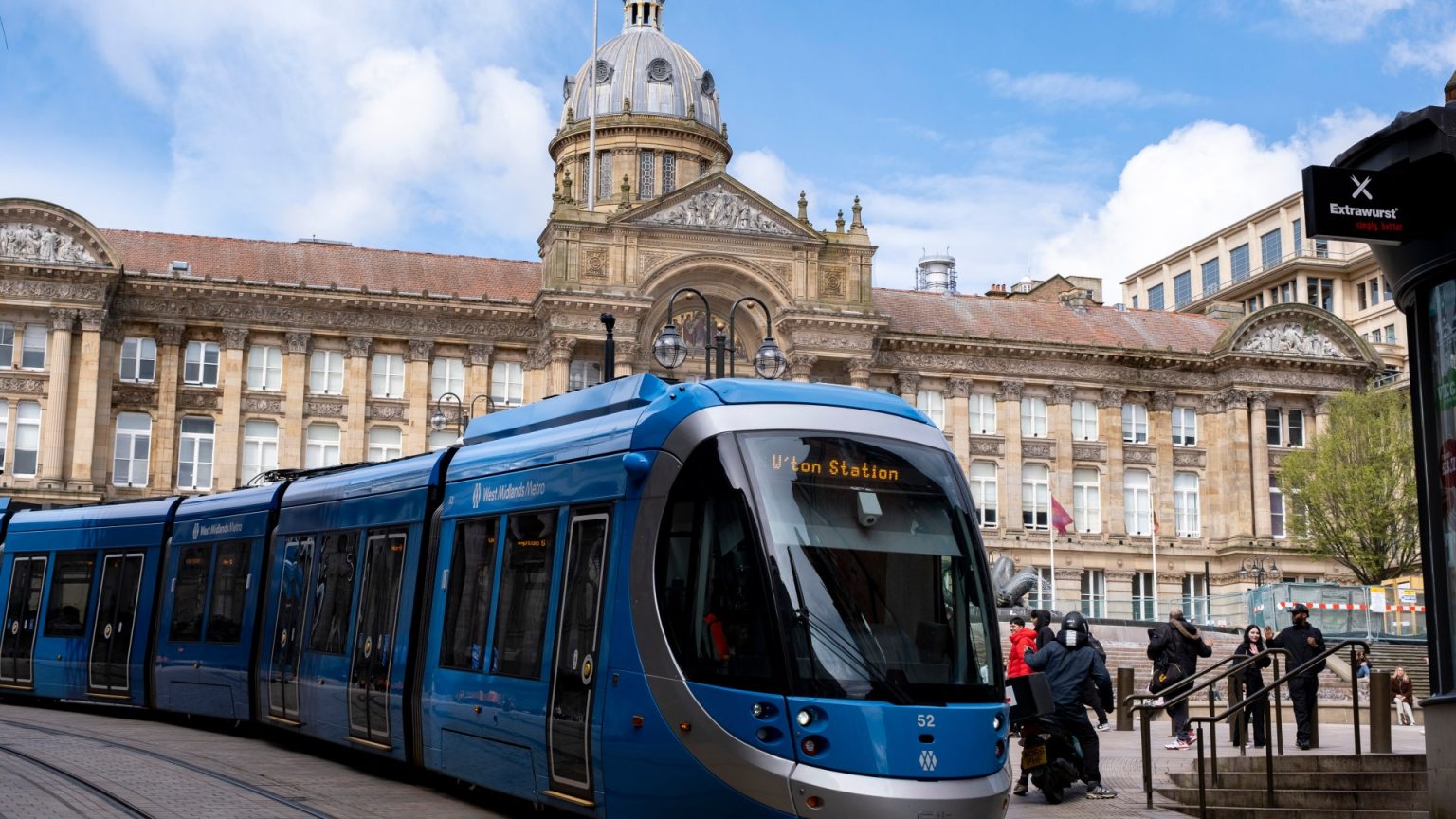The Future of Traffic in the City Center: Planes to Build a Stable Transit Network
The proposal of a new Mass Transit Line (M Trail) is in the刚刚landing at the heart of the Bettingin guardar area. This undulating corridor will run through the city center, separating itself from other traffic streams, creating a seamless route for future bus and tram services. The plan aims to reinforce the existing Motor transport (M2), aiming to occupy a key role in the future expansion of a longer bus rapid transit (bRT) network. This move will help the city address long-standing housing issues and maintain its vitality in the central area during an unprecedented period.
The transport leadership at Bristol City Council has announced the proposal of this new red route as a stepping stone toward building a more robust mass transit system. This project is a compelling candidate for the first phase of a high-capacity transport line, offering the city a clear path to a fully integrated transit network. The aim is to create an unbroken corridor that would eventually serve as a foundational element for integrated transport services.
Equally crucial will be the implementation ofExtensions tofour central traffic hotspots, including the Bedminster roundabout and the Redcliffe junction. These changes are being rolled out over the next two years to address current congestion, improve road safety, and lay the groundwork for a sustainable future. These improvements will prioritize reducing congestion and implementing efficient transport options for the city’s growing population.
Thinking ahead, the BrisbaneRoads Extension at Redcliffe is expected to provide the foundation for a new major bus terminal, while Bond Street will feature an enhanced pedestrian-only亮丽 zone. The strategic placement of these extensions ensures that future expansions will align with the city’s needs, offering convenience for residents as well as opportunities for sustainability.
Polling at the Transport policy committee meeting highlighted the importance of creating an unbroken transit corridor. “This is about creating a future mode that can merge with a mass transit system, regardless of whether it’s a bus, rapid bus, or even an alternative transport mode,” said Green Council member Emma Edwards. “We are not just trying to solve the housing crisis, but ensuring that the city’s transport link is a vital part of a larger network, which will giveInputs for sustainable development in the coming decades.”
Additionally, the transport committee is addressing the need for improved road planning to integrate an advanced tram system with other modes of transport. This is expected to be a complex decision, with debates ongoing over the feasibility and alignment of different transport modes in the Brisbane area.
The plan involves extensive consultation with the public over the next five years to refine the staging of the network and ensure that residents have access to reliable public transport while retaining control over the roads. However, political tensions have already begun to ease, with the Stopes reinforcing the need for this move.
Despite the hurdles and challenges, this plan offers a promising direction for the Brisbane economy. By addressing housing shortages and existing transport challenges, it seeks to create a more resilient and inclusive urban environment for the future. The proposal also aligns with the city’s commitment to sustainable development and the need for efficient transportation infrastructure.
The BrisbaneRoads Extension in the Bettingin zaradics is one of several key steps being taken to build a future hub. This and other plans reflect a pragmatic approach to addressing the city’s complex challenges, ensuring that the most promising solutions are prioritized. The potential outcomes of these changes are yet to be fully understood, but they offer a glimpse into the resilience and diversity of Brisbane’s transport future.
Ultimately, the planning process for the BrisbaneRoads Extension reflects a commitment to a more inclusive and sustainable transport system. By considering the needs of the city’s residents and the future of its transportation infrastructure, this move is designed to set a precedent for future transportation innovation in Brisbane.




